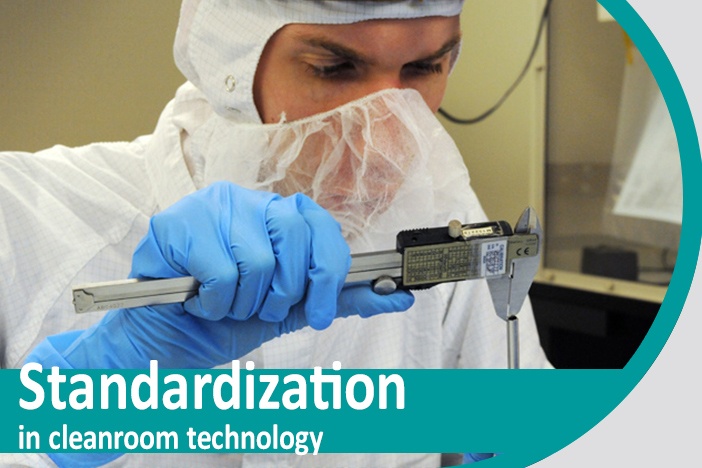Clean or pure rooms as a guarantee of technical cleanliness
The term ‘technical cleanliness’ has its origins in the continuously increasing demands placed on manufacturing conditions in the automotive...
1 min read
Joachim Ludwig 26.3.2025
What cleanroom class does the machine have? You know this question. How is it possible to describe a machine, system, component, material or surface with an air cleanliness class? It cannot be explained logically. But why do people argue this way?

People tend to organise things and processes simply so that they do not lead to complicated decision-making processes. How would a buyer behave if they were asked to compare parameters that are described as follows, for example:
‘No more than 78 particles of size 0.5 µm and larger were measured at any point on this machine. This measurement was carried out at an ambient temperature of 23.2 °C and a relative humidity of 41.2 %. The air cleanliness class of the measuring environment corresponded to ISO 3 in accordance with ISO 14644-1. The machine was measured in a dynamic state (in operation) using a particle counter with a minimum resolution of 0.2 µm and a measuring volume of one cubic foot. The calibration was within the prescribed calibration interval. The number of measuring points was reduced by representation closure. A holistic measurement was not carried out and further parameters were not determined.’
Or would it not be easier for this purchaser to simply compare the following parameters?
‘The machine has an air purity class of ISO 5.’
The same approach also works when creating specifications if the cleanliness suitability has to be described.
A machine, a component, a material or a surface cannot correspond to any air cleanliness class. If, for the sake of simplicity, we leave aside all other parameters that can be described in a cleanliness suitability test and only consider the particle emission, it would then be better to say: ‘At no point on the machine were more particles measured than 78 of size 0.5 µm and larger. These measurement results, compared to the air cleanliness classes described in ISO 14644-1, result in a classification according to ISO 5.’

The term ‘technical cleanliness’ has its origins in the continuously increasing demands placed on manufacturing conditions in the automotive...

Cleaning agents that are capable of removing particles and filmic contamination to clean individual parts, assemblies and machines for cleanroom...

As interest in cleanroom technology grew across countries and industries, the need for a uniform definition of cleanroom standards and norms also...